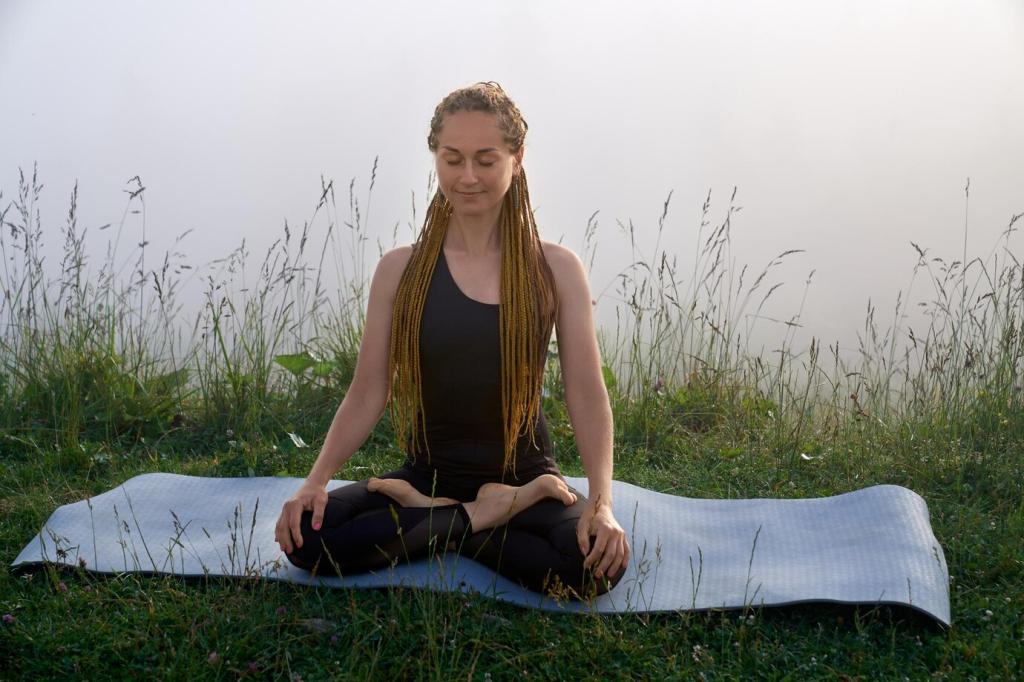The Intention Behind a Zen Garden
Before you lift a rake, choose a guiding intention for your Zen garden meditation area. It might be gratitude, patience, or simply breathing. Write it down, whisper it to the stones, and return to it whenever distractions pull you away from your path.
The Intention Behind a Zen Garden
Embrace wabi-sabi by welcoming imperfection and time’s quiet touch. Fewer elements create more space for awareness. Let empty gravel become ocean, one stone a mountain, and moss the tender bridge between stillness and growth.
The Intention Behind a Zen Garden
Anchor your practice with a simple ritual: light a candle, bow to the space, and breathe three slow breaths. Tell us what small ritual helps you arrive, and inspire other readers to craft their own mindful beginnings.
The Intention Behind a Zen Garden
Lorem ipsum dolor sit amet, consectetur adipiscing elit. Ut elit tellus, luctus nec ullamcorper mattis, pulvinar dapibus leo.







